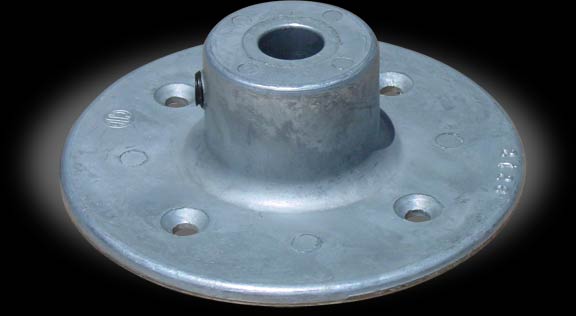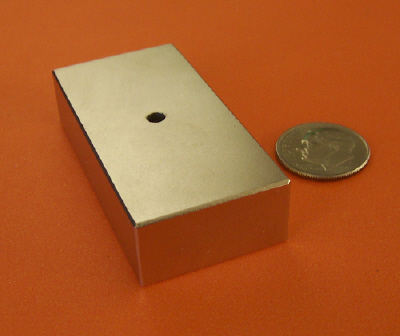Ha ha ha he *snort* *tear* ha ha ha.
Ahem, sorry, I really like it, it's just kind of funny
 .
.


| Quote: |
 .
.
| Quote: |










 ) used concrete. Can I use
clay? Actually, I don't have clay either, but what if I crush up some earthenware pots, can I make clay from that and bake it in my kitchen
stove?
) used concrete. Can I use
clay? Actually, I don't have clay either, but what if I crush up some earthenware pots, can I make clay from that and bake it in my kitchen
stove?| Quote: |
| Quote: |

 which is exactly where I am , going to build a good old Labtech Stir - Rite , model 1 , serial number 1
which is exactly where I am , going to build a good old Labtech Stir - Rite , model 1 , serial number 1 





| Quote: |
| Quote: |
 So I figured it was safer to have the output unambiguously energized any time the circuit is powered up , and put a small load across the
output to assure this .
So I figured it was safer to have the output unambiguously energized any time the circuit is powered up , and put a small load across the
output to assure this .
 , that's right the big one
, that's right the big one 

 ,
,

 The motor manufacturers should just build 'em this
way to begin with , and save me the trouble of putting them right
The motor manufacturers should just build 'em this
way to begin with , and save me the trouble of putting them right  But the
magnets are sort
But the
magnets are sort
 Hey trust me it's for real .
Hey trust me it's for real .| Quote: |



 IIRC these were limited manufacture by Talboys from twenty years ago . The point being that the same manufacturer also makes puny little
IIRC these were limited manufacture by Talboys from twenty years ago . The point being that the same manufacturer also makes puny little| Quote: |







Quote: Originally posted by labfix  |
Quote: Originally posted by kmno4  |
Quote: Originally posted by neelin  |
Quote: Originally posted by kmno4  |

Quote: Originally posted by neelin  |
Quote: Originally posted by arsphenamine  |

Quote: Originally posted by kmno4  |
Quote: Originally posted by kmno4  |



Quote: Originally posted by obsessed_chemist  |
Quote: Originally posted by obsessed_chemist  |
Quote: Originally posted by obsessed_chemist  |
Quote: Originally posted by obsessed_chemist  |
Quote: Originally posted by obsessed_chemist  |
Quote: Originally posted by obsessed_chemist  |
Quote: Originally posted by Stasis  |